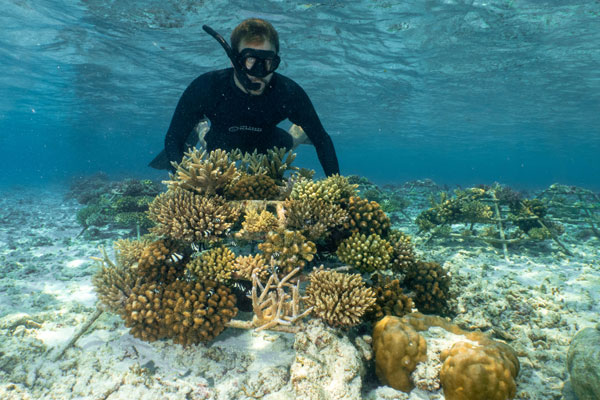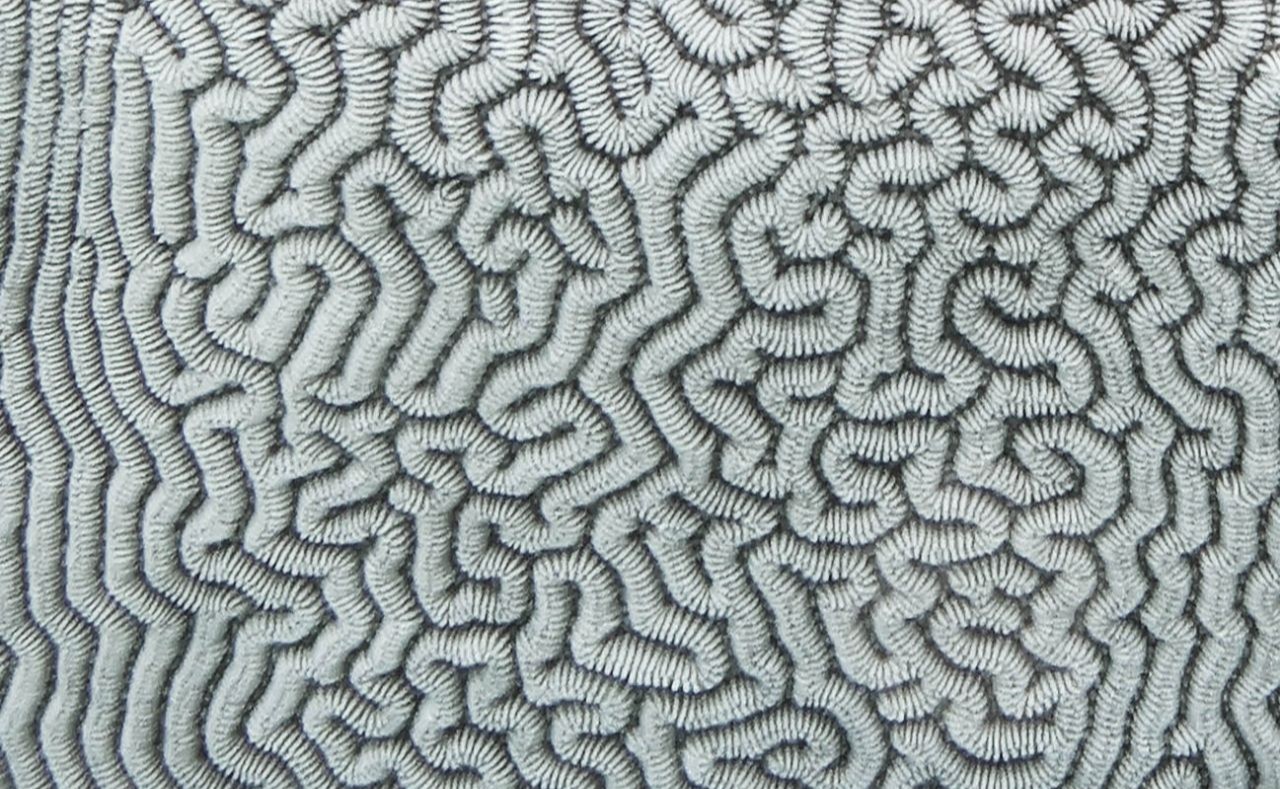Butterflyfish (Chaetodontidae)
Butterflyfish, belonging to the Chaetodontidae family, are colourful creatures measuring between 12 and 22 cm. Their diet consists mainly of coral polyps, sea anemones and sometimes small crustaceans and algae.
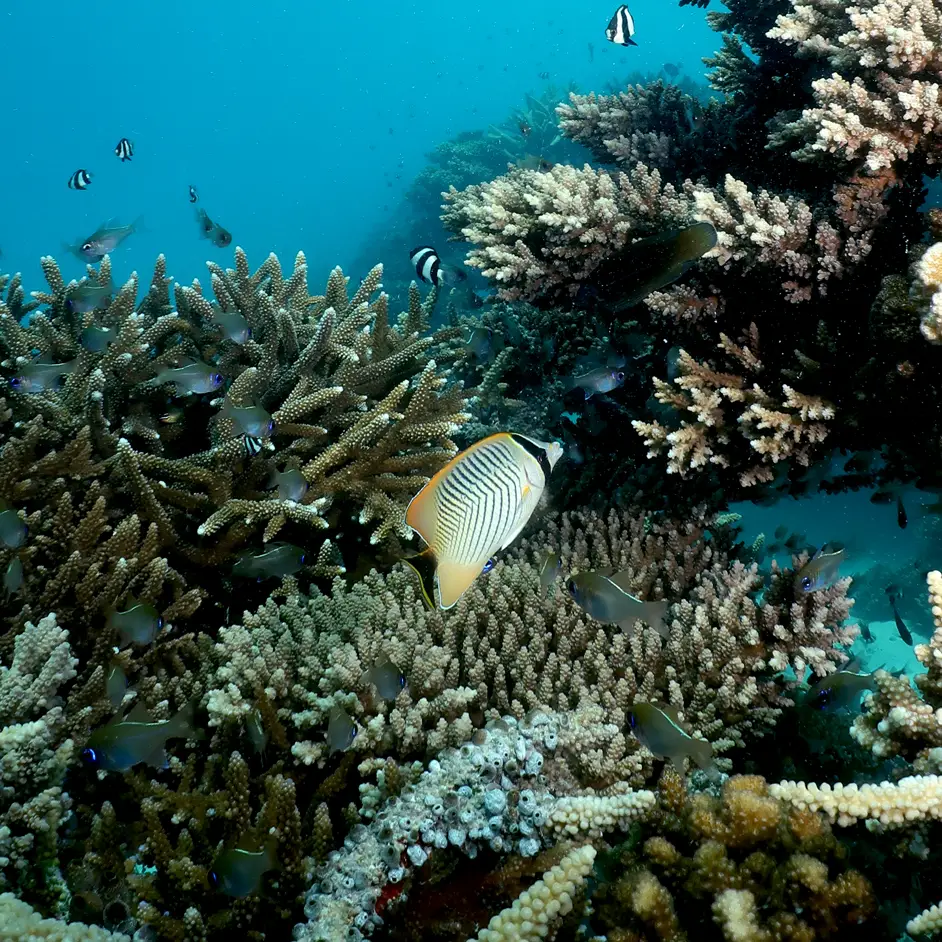
- Size: Approximately 12 to 22 cm, depending on the species
- Diet: Feeds mainly on coral polyps, sea anemones and occasionally small crustaceans and algae.
- Description: Colourful fish with a laterally flattened body, often decorated with bright patterns and stripes. It has a long, slender snout to reach coral polyps.
- Habitat: In the warm waters of the Indian and Pacific Oceans, often in areas exposed to waves.
- Distribution : Mainly in tropical regions
- Predators : Grouper (family Serranidae); Shark (various species of the family Carcharhinidae); Lionfish (Pterois)
- Taxa : Animalia > Chordata > Actinopterygii > Perciformes > Chaetodontidae > Chaetodon
Although some butterflyfish species are vulnerable due to coral reef degradation and overfishing, they play a vital role in the ocean’s coral reef ecosystem.
Damselfish (Dascyllus trimaculatus)
The damselfish, or Dascyllus trimaculatus, is a colourful fish measuring between 6 and 15 cm. They are omnivorous, feeding on plankton, algae and small invertebrates.
- Size: Approximately 6 to 15 cm, depending on the species
- Diet: Omnivorous, feeding on plankton, algae and small invertebrates.
- Description: Colourful fish with an oval body and large, visible scales. Colours vary from bright blue to yellow, red and green.
- Location: Indian Ocean and Pacific Ocean
- Habitat : Coral reefs and shallow lagoons, often near anemones.
- Predators : Grouper (family Serranidae); Shark (various species of the family Carcharhinidae); Barracuda (family Sphyraenidae)
- Taxa : Animalia > Chordata > Actinopterygii > Perciformes > Pomacentridae > Chromis
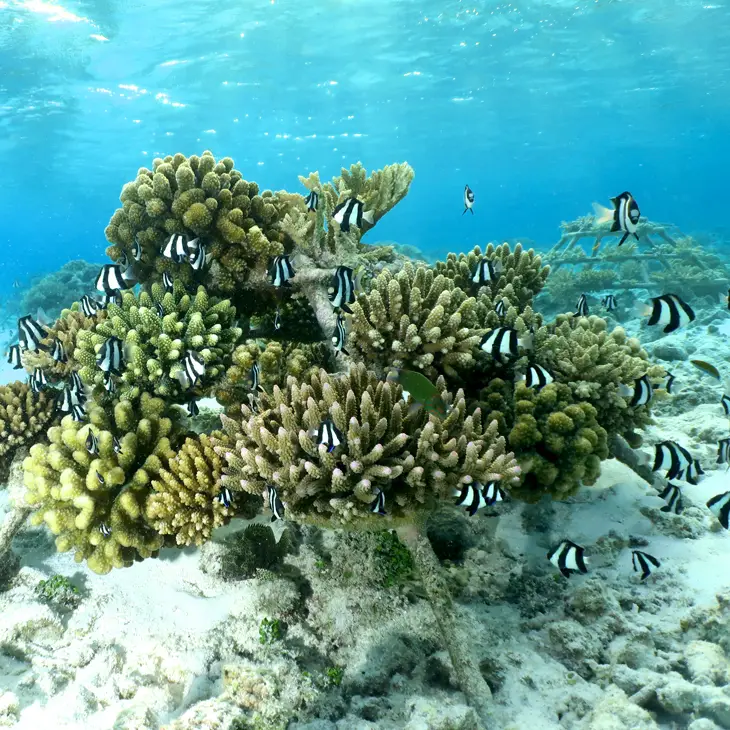
Generally not threatened, this species is nevertheless affected by the degradation of coral reefs in certain regions. Protecting its habitat is crucial to maintaining the biodiversity of tropical reefs.
Ray (Batoidea)
Rays, members of the order Batoidea, are cartilaginous fish with flattened bodies and wide, wing-like pectoral fins. Their wingspan varies from 30 cm to several metres, and they feed mainly on molluscs, crustaceans, fish and sometimes plankton.
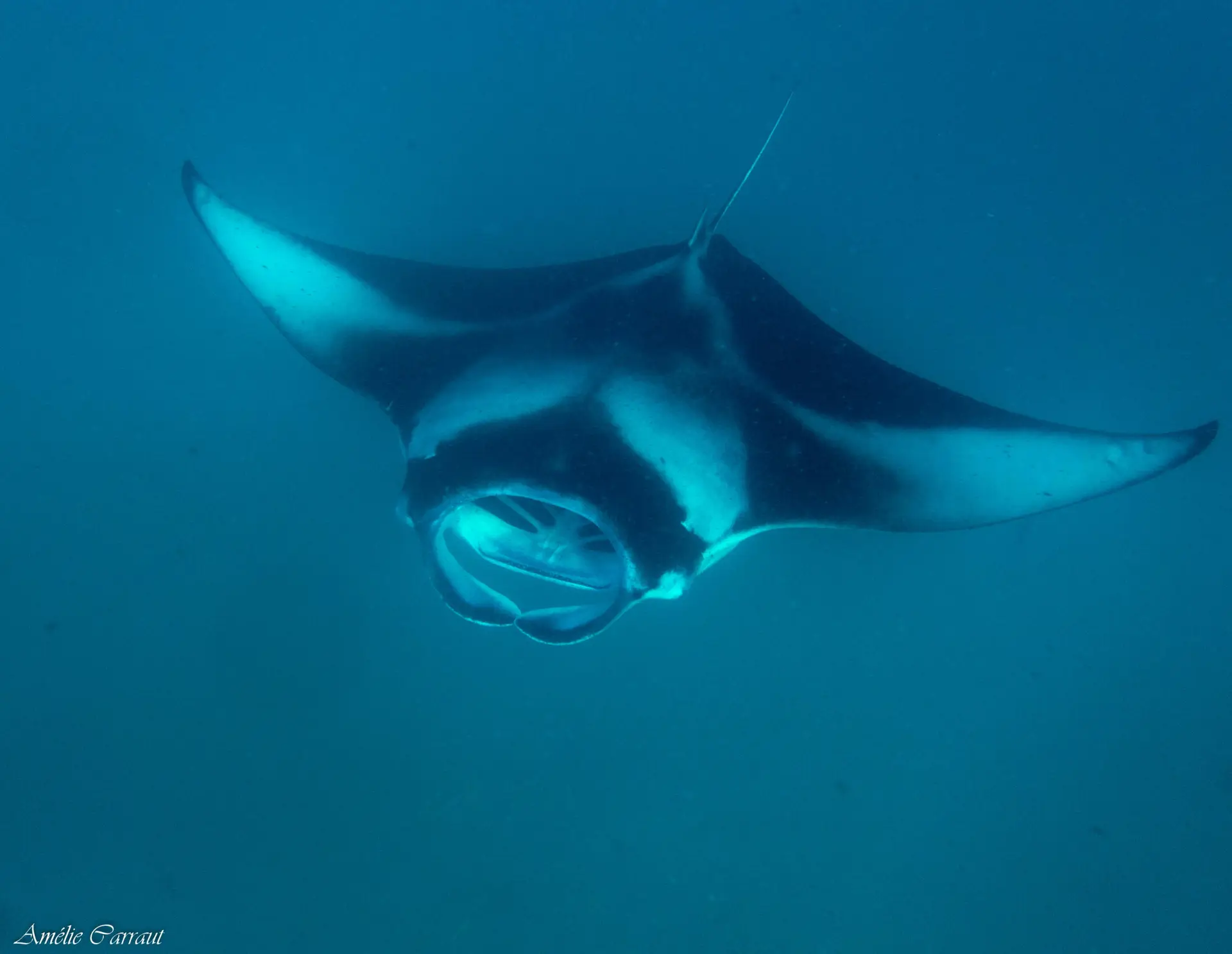
- Size: Varies enormously depending on the species, from a wingspan of 30 cm to several metres.
- Diet: Carnivorous, feeding on molluscs, crustaceans, fish and sometimes plankton.
- Description: Cartilaginous fish with a flattened body and wide, wing-like pectoral fins. Some species have a venomous stinger on their tail.
- Where: In the warm waters of the Indian and Pacific Oceans.
Habitat : Oceans, seas and sometimes freshwater; from the surface to great depths. - Predators : Shark (various species of the family Carcharhinidae); Killer whale (Orcinus orca); Large grouper (family Epinephelidae)
- Taxa : Animalia > Chordata > Chondrichthyes > Rajiformes > Rajidae
Overfishing and habitat destruction are threatening many species of ray. Conserving these fascinating creatures is essential for the health of marine ecosystems worldwide.
Parrotfish (Scaridae)
Parrotfish, belonging to the Scaridae family, are robust and colourful sea creatures, measuring between 30 and 120 cm depending on the species. Their diet consists mainly of algae and pieces of coral, which they crush with their powerful beaks.
- Size: Approximately 30 to 120 cm, depending on the species
- Diet: Feeds mainly on algae and coral, which it crushes to extract the algae.
- Description: Colourful fish with a robust body, often decorated with bright, multicoloured patterns. It has a powerful beak, formed by the fusion of its teeth, which it uses to scrape algae and coral.
- Habitat: Coral reefs and shallow lagoons
- Distribution: Atlantic, Indian and Pacific Oceans, mainly in tropical and subtropical regions.
- Taxa : Animalia > Chordata > Actinopterygii > Perciformes > Scaridae > Scarus
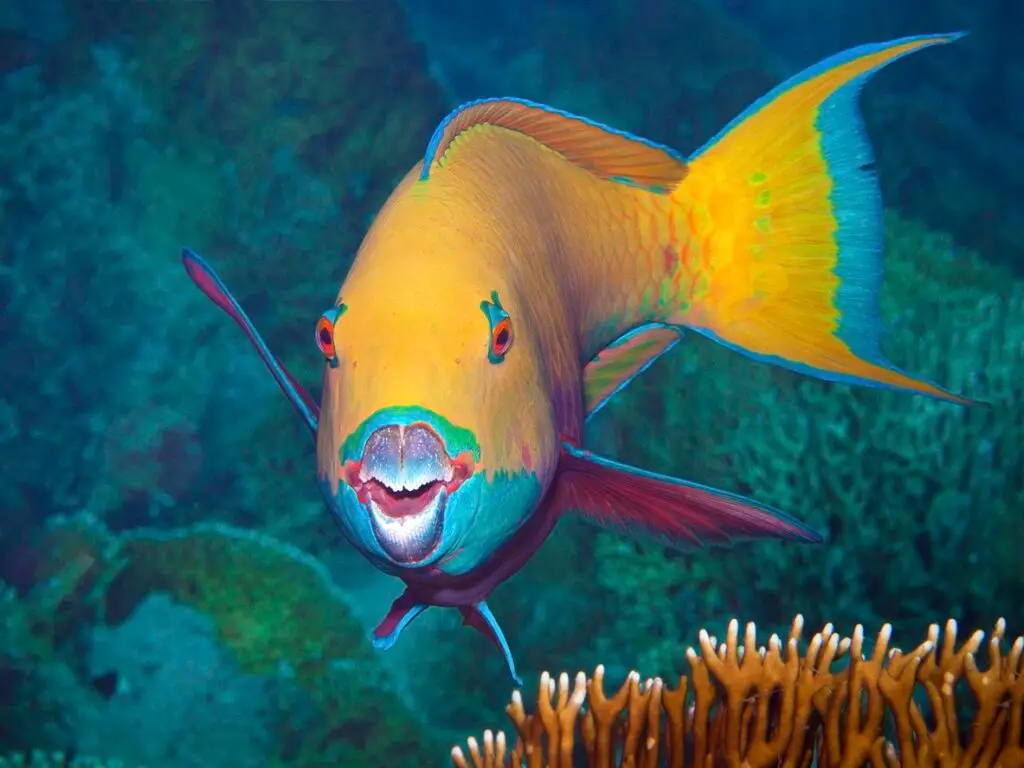
Although some species of parrotfish are threatened by coral reef degradation and overfishing, they play a crucial role in the coral reef ecosystem by helping to keep corals free of invasive algae.
Green turtle (Chelonia mydas)
Green turtles, members of the Cheloniidae family, are marine reptiles known for their large size and mainly herbivorous diet in adulthood. They have a green carapace, hence their name.
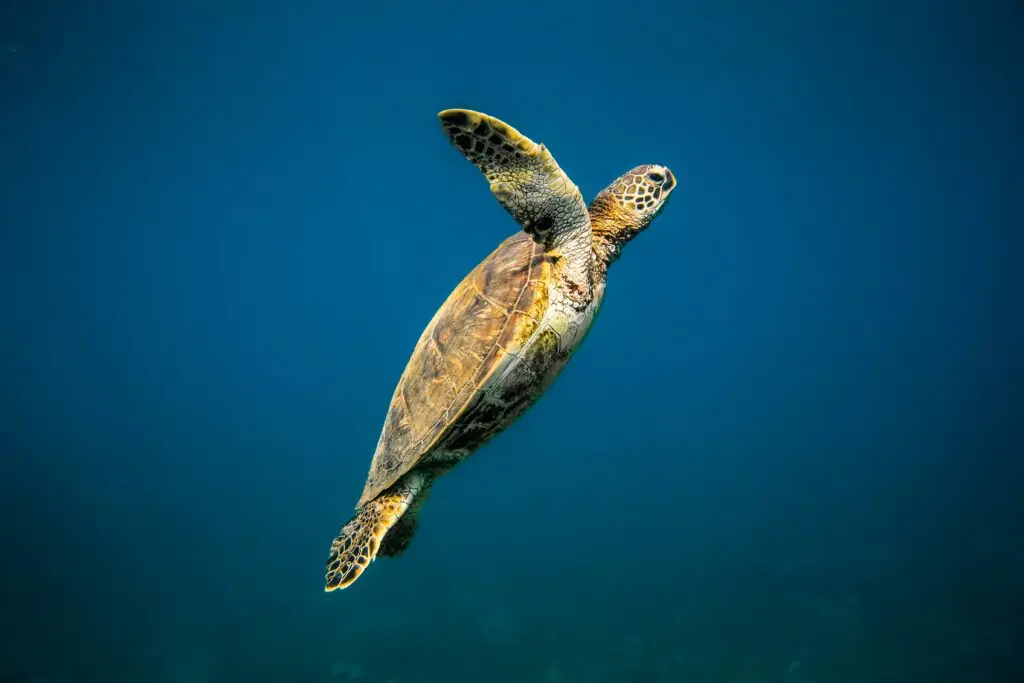
- Size: Between 90 and 120 cm long, weighing between 150 and 300 kg.
- Diet: Mainly herbivorous, feeding on seaweed and marine plants. Juveniles may eat invertebrates.
- Description: Marine reptile with a green carapace, rounded head and paddle-shaped fins. Juveniles are omnivorous while adults are mainly herbivorous.
- Where: Found in the Atlantic, Pacific and Indian Oceans.
- Habitat : Coral reefs, seagrass beds, sandy beaches for nesting.
- Predators : Shark (various species of the Carcharhinidae family); Killer whale (Orcinus orca); Large grouper (Epinephelidae family).
- Taxa : Animalia > Chordata > Reptilia > Testudines > Cheloniidae > Chelonia > Chelonia mydas
Green turtles are threatened by pollution, hunting, habitat destruction and climate change. Their conservation is crucial to the preservation of marine ecosystems.
Hawksbill turtle (Eretmochelys imbricata)
Hawksbill turtles, also from the Cheloniidae family, can be recognised by their pointed beaks and their shells decorated with overlapping patterns. They are essential to the health of coral reefs.
- Size: Approximately 60 to 90 cm long, weighing between 40 and 60 kg.
- Diet: Mainly carnivorous, feeding on jellyfish, sponges and other marine invertebrates.
- Description: Marine reptile with an imbricated shell, a pointed beak reminiscent of a bird of prey and paddle-shaped fins. Their shells are prized for making decorative objects.
- Where: Found in the Atlantic, Pacific and Indian Oceans.
- Habitat: Coral reefs, lagoons, mangroves and beaches for nesting.
- Predators : Shark (various species of the Carcharhinidae family); Killer whale (Orcinus orca); Large grouper (Epinephelidae family).
- Taxa : Animalia > Chordata > Reptilia > Testudines > Cheloniidae > Eretmochelys > Eretmochelys imbricata
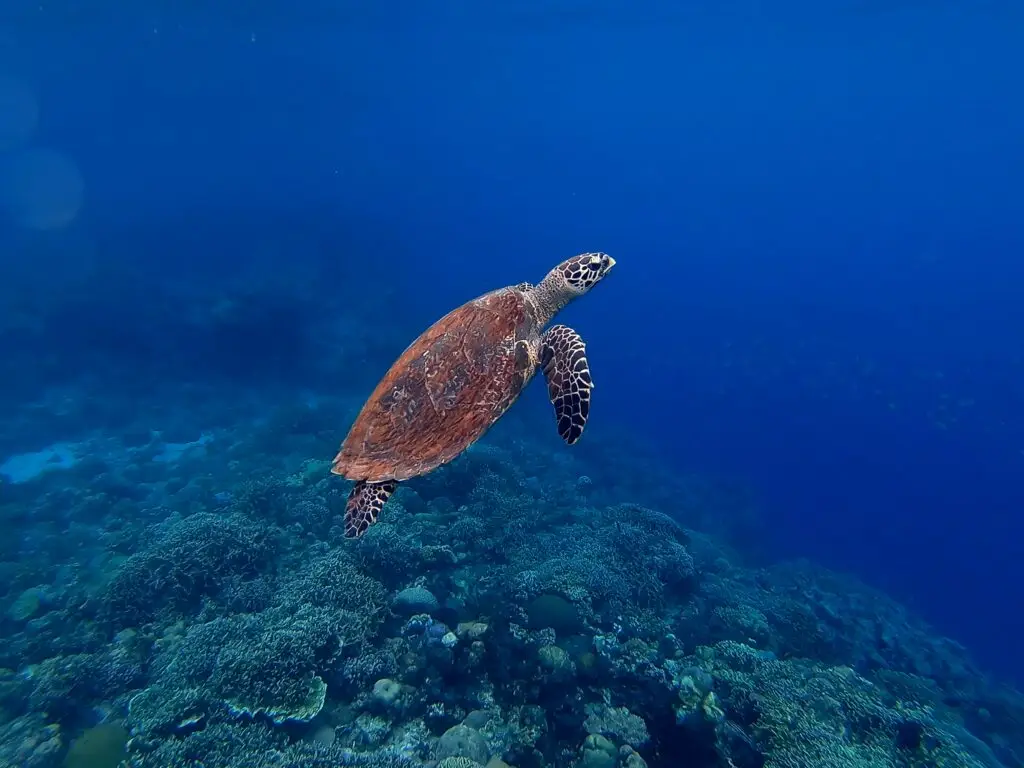
Hawksbill turtles are threatened by illegal shell collecting, pollution and the degradation of coral reefs. Protecting this species is essential for marine biodiversity.
Blacktip shark (Carcharhinus melanopterus)
Blacktip sharks, belonging to the Carcharhinidae family, are medium-sized sharks easily recognisable by their black-tipped fins. They are common in the shallow coastal waters of coral reefs.
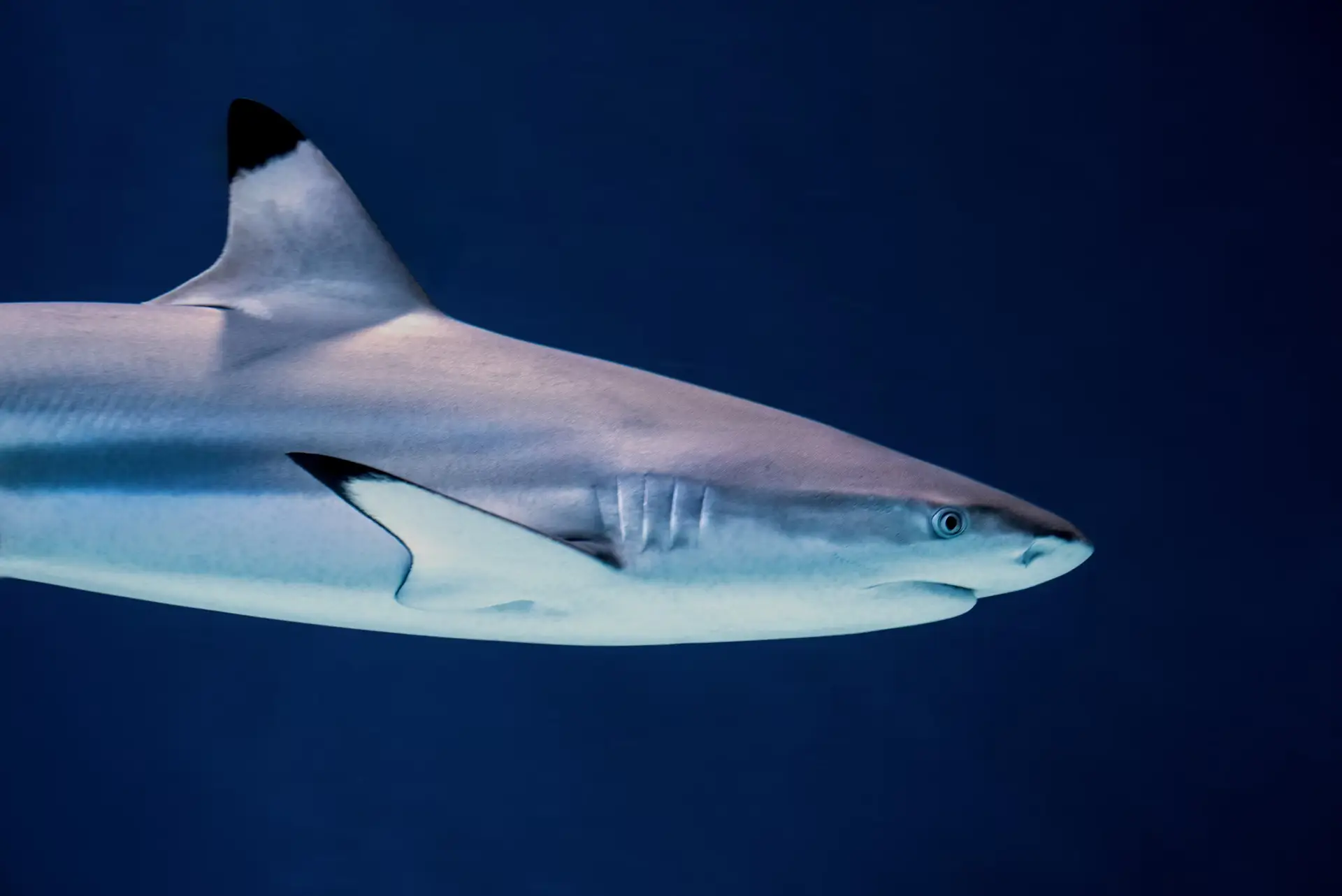
- Size: Between 1.2 and 1.6 metres long, with individuals reaching up to 2 metres.
- Diet: Carnivorous, feeding on fish, cephalopods, crustaceans and sometimes small sharks.
- Description: Medium-sized shark with a fusiform body (elongated and tapered at both ends), a high dorsal fin marked with a distinct black tip, and pectoral and caudal fins also edged in black.
- Where: Indian and Pacific Oceans, particularly in coastal waters and around coral reefs.
- Habitat: Shallow waters, lagoons, estuaries and sometimes mangroves. Prefers clear water.
- Predators : Tiger shark (Galeocerdo cuvier); Bulldog shark (Carcharhinus leucas); Great hammerhead shark (Sphyrna mokarran).
- Taxa : Animalia > Chordata > Chondrichthyes > Carcharhiniformes > Carcharhinidae > Carcharhinus > Carcharhinus melanopterus
Blacktip sharks play a crucial role in the coral reef ecosystem by regulating prey populations and maintaining the ecological balance. However, they are threatened by overfishing, habitat destruction and climate change. Protecting this species is essential for the health and sustainability of marine ecosystems.

